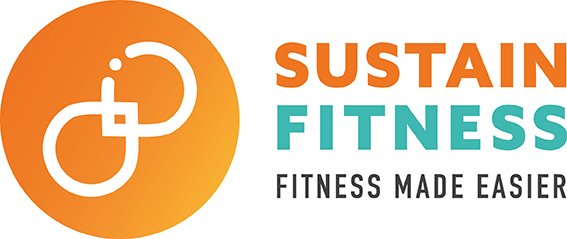Spot reduction - the superstition
The question that I get asked the most has to be “how do I get rid of THIS?’’ as the person grabs their belly and shakes it angrily.
There seems to be an expectation that there is a “silver bullet” a singular exercise or food group that will magically melt away belly fat and leave you looking like the fitness models you see in the magazines or on TV in a very short time. Many people within the fitness industry have jumped on to this bandwagon and used it as a money making tool rather than being honest with people. Unfortunately folks, there is no quick fix, secret move, magical food source or fad diet that will leave you with rock hard beach ready abs by the morning!
Contrary to popular belief, it is not possible to “spot reduce”. This means that spending hours focussing on abdominal exercises or doing hundreds of crunch’s is not really going to have the effect that you are hoping for - in fact when you over indulge in ab exercises you tend to build/grow the muscles without effecting the fat layer covering them, causing your belly to bulge out even more! Everybody, regardless of age, weight, gender, size or shape has abs. Sometimes it is just hard to see them from behind a layer of body fat. Generally your abs will become defined when your body fat approaches >10% for males and >15% for females.
It is important to be aware of your midsection although not solely for the aesthetic reasons that people tend to be most concerned about. There are two types of body fat – visceral (surrounding your internal organs in the abdominal cavity) and sub-cutaneous (lying just under the skin). Visceral fat is a very serious proposition, being linked by various studies to increases in risk of heart disease, strokes, dementia, diabetes and more. In fact the World Health Organisation is moving away from using BMI towards a waist-to-hip ratio as an indicator of health (WHR ≤0.8 is healthy for females and ≤0.9 for males).
The good news is that visceral fat responds well to a combination of diet and exercise. It is the sub-cutaneous fat that tends to hang around, but even that can be reduced over time, providing that you continue to work towards it.
For losing body fat muscle is your friend. Muscle is a metabolically active tissue – meaning that it requires energy even when at rest. In addition muscle is much denser than fat so the equivalent weight of muscle would fill a much smaller area. If you think about it your abs consist of a very small amount of muscle when compared to the glutes or even your bicep for example. By working your whole body you are going to use a lot more energy than by focussing on solely on small muscle groups.
Of equal importance is your nutrition. The healthiest option is to make some small long term changes to your nutrition. These can cause huge improvements to both the health and aesthetic appeal of your midsection. Small changes that you are able to sustain long term will have a much greater effect than a big disruption over a short time.
A lot of people think that cardiovascular fitness is the key to losing body weight, and while it is definitely important I disagree that it is all that is needed. With cardiovascular exercise you are training your muscles to become more efficient, i.e. do the same amount of work for a longer period. As your cardiovascular fitness increases your muscles can do longer periods of work for the same energy investment. Not the most helpful in creating an energy deficit so that your body will start to use your fuel reserves.
In essence the health of your midsection is vital to your wellbeing as a surplus of body fat in this area can be linked to several serious diseases. The best way to achieve change in this area is via improving your nutrition and exercising (a combination of full body resistance and cardiovascular training). The only secret is that this process will take time and effort but it will be rewarding!
